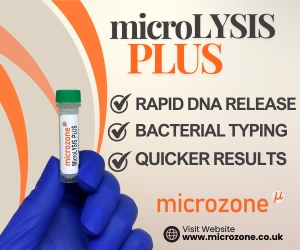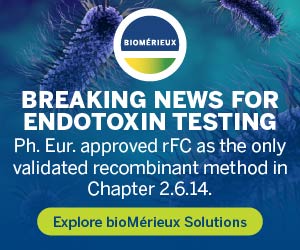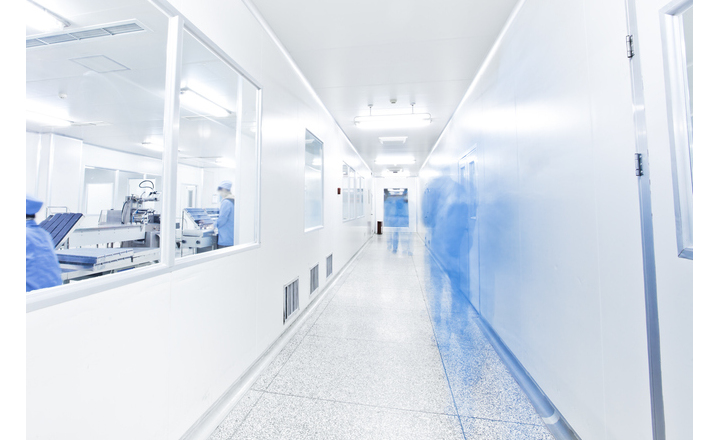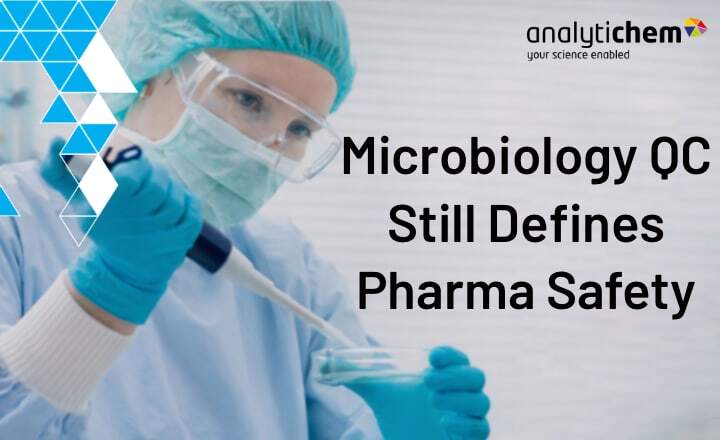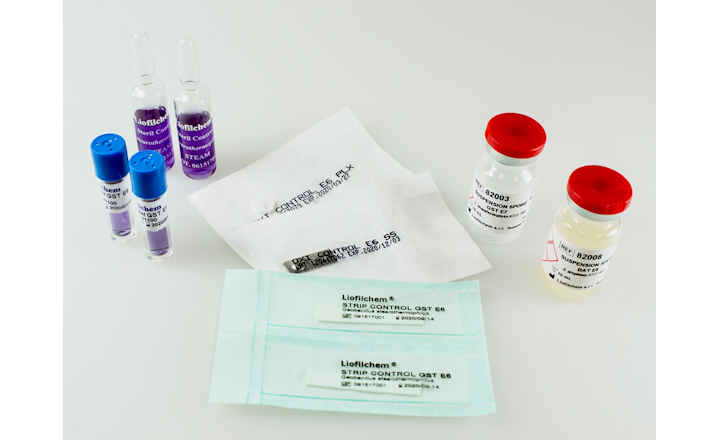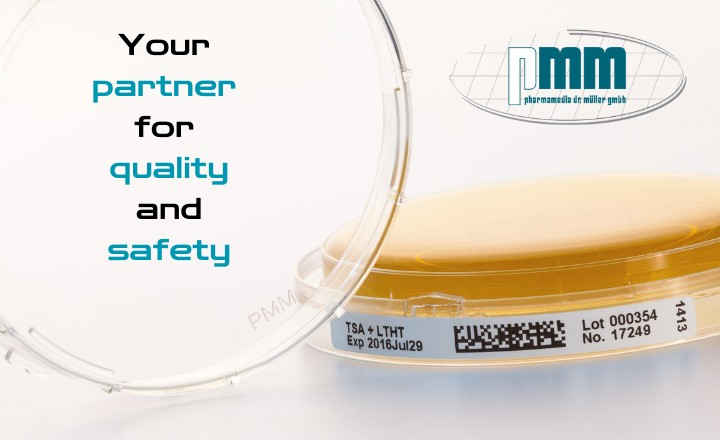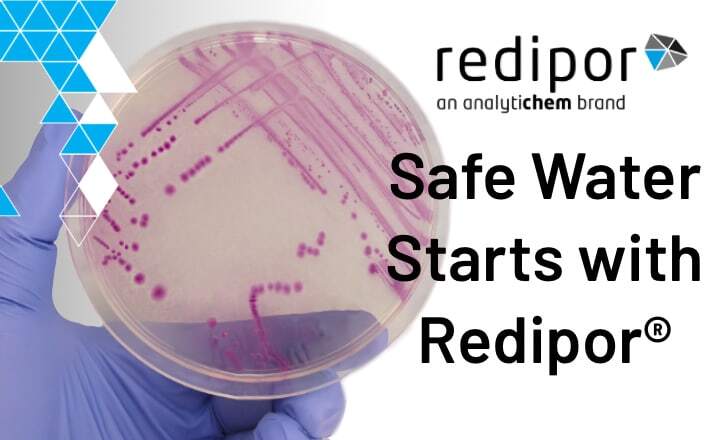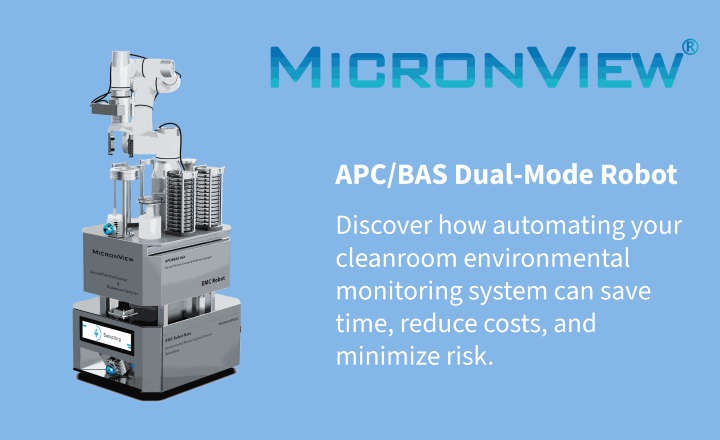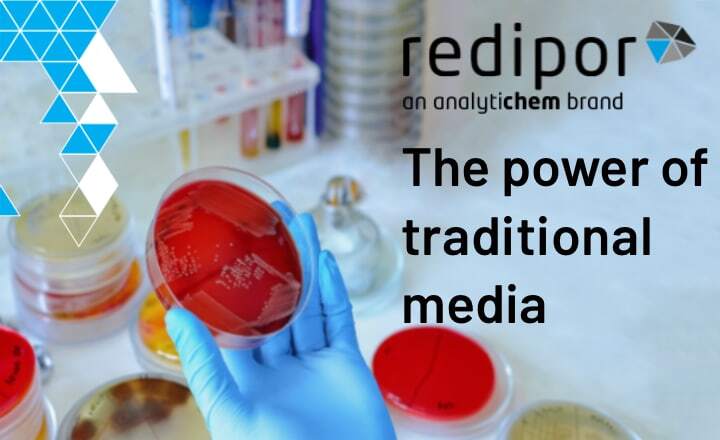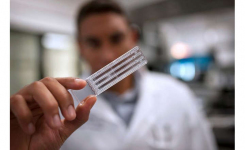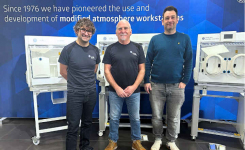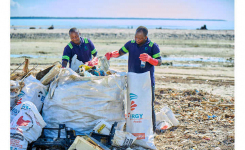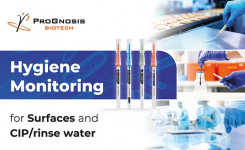Article by Peter Penn, NPC Limited
Environmental monitoring and final product testing are of paramount importance in the pharmaceutical manufacturing world. If products are contaminated on release, companies are risking not only the health of their customers but also their reputation. In this world of fast communication, this can lead to very serious consequences.
For these reasons, certain testing procedures have been set to which companies have to adhere to and right up there at the top is one of the least favourite things to do that laboratories are obliged to carry out, The “Growth Promotion Test” (GPT). Laboratories should not assume that manufacturers of the culture media they employ in their testing procedures are fit for purpose and must demonstrate that it will work adequately for their own uses. This has led to several products coming onto the market that are designed to assist the laboratory in ensuring that they achieve the correct levels of reference organisms required to carry out the various testing procedures that they perform, whether it be the GPT mentioned above or other tests such as:
- Water for Pharmaceutical Purposes - USP <1231>
- Growth Promotion Testing - USP <60>, <61>, <62>, <71>
- Antimicrobial Effectiveness Testing - USP <51>
- Aseptic Processing Environment - USP <1116>
- Disinfectant Qualification - USP <1072>
- Method Suitability - USP <51>, <60>, <61>, <62>, <71>
- Validation of Neutralisation Methods - USP <1227>
However, as this is often a test of the media and its capability to do what you require it to do then of course initially it is only right to ensure that the media that you have selected to use is of the very highest quality. Spending time validating the right supplier will pay dividends in the long term. In this article, we shall assume that most testing laboratories are now using a ready prepared product and not producing in house media themselves from the dehydrated product because this itself presents a whole range of other issues to contend with.
There are several manufacturers of prepared media, and far too many to list here. I would strongly suggest that laboratories select wisely from those available and should not base their decision on price alone. Non-conformances can happen and these will easily eat away at the price differences that you based your initial decisions on. You need to do your homework well and check out the supplier. A thorough audit of them is essential. What conditions are they manufacturing their media under? Grade A or lesser? How do they control the testing of their media? Where possible, select a supplier that is focused primarily on the pharmaceutical markets and their specialised requirements.
Many media manufacturers are focused mainly on the volume market, this being for clinical applications, and tailor their products towards this market’s requirements. The only one that I am aware of that is manufacturing solely for the pharmaceutical market is PharmaMedia Dr. Müller GmbH, based in Germany.
Established by Dr Müller, previously of Heipha, this company manufactures exclusively for pharmaceutical clients and in Grade A facilities which are surrounded by Grade B. This is not to say that others, who are supplying all the different markets, are not conscious of the pharmaceutical requirements and try to adapt where necessary.Other important considerations that will make your life much easier, now and in the future, when selecting media suppliers are:
- Does their media carry a bar code? - an independent label, attached on the side to avoid misreading results and includes a unique identification number. This is fast becoming an essential requirement and with the recent changes in Annex 1 and the data integrity rules, together with the need to become paperless, I would only consider purchasing from a company that offers this now essential facility.
- Are the Petri dishes that they use of the locking variety? – a lot of companies now have this. A good precaution as accidents do happen and mix-ups could occur. This helps to prevent the lids from coming off should the plates accidentally be dropped.
- How much media is in the dish? – A deeper fill is preferable as this prevents drying out, especially under longer incubation procedures. But a deeper fill costs more and is often avoided by manufacturers trying to supply a lower cost product.
- Can the media be stored at ambient temperature and for how long? – These are obvious considerations but often overlooked.
- Can the media company manufacture a recipe of your own formulation? – Few offer this facility, and this may be of value to you when considering objectionable organisms preferring your own special recipes.
Once you have decided on the media company then any regular shipments should always be tested by the laboratory to ensure that they perform correctly. Tests such as the GPT require that a low volume of initial inoculum of the organisms specified are prepared and the media incubated at the correct temperature and time to ensure its fertility. The media company may well have already carried out a similar test but since shipping and storage have occurred it is now your responsibility to do your own testing and not to rely on their results. For sure they would not have been able to test using your own in-house environmental isolates.
The preparation of the initial inoculum, often between 10 – 100CFU / 100µl is a tedious and time-consuming operation. It requires precision pipetting and other techniques. Many laboratories store their own cultures by freezing them and try to prepare this regularly themselves. Cost saving is the main consideration here but when calculating such savings, if the maths is done correctly and with all things considered, there is little saving if any. In fact, it can be shown to be quite the opposite.
QC strains and related derived products should always come from a reliable, independent, certified source and in general this is not the freezer! Companies providing such materials should produce their Reference Materials according to the requirements included in the ISO 17034 standard, being a highly desirable accreditation.
Some advantages of microbiological reference materials obtained from producers:
Simplicity: The preparation of the material should be as simple as possible and those presented in tablet or pellet format fit these criteria.
Rapidity: It should take only a few steps and limited time to have the bacterial suspensions of a known count ready
Easy storage: Either in a conventional freezer ( -20 ± 5 .C), or refrigeration.
Safety: There should be no risk of contamination, and manipulation should be reduced to the minimum.
Traceability: the strains used must come from different Type Culture Collections and bear, where possible, only one subculture from the original reference strain employed (stock strain).
Known concentration: The existing concentration of the material should always be certified.
Flexibility: There should be different formats for diverse microorganisms for differing concentrations
Customisation: Besides the reference species available from stock, does the supplier have the possibility of preparing reference material for other microorganisms’ concentrations predefined by the client. This is especially of value when testing your objectionable in-house isolates.
Whilst the pharmacopeia frequently and historically lists ATCC Strains, this is not an essential requirement. The USP says, “Cultures for use in compendial tests should be acquired from a national culture collection or a qualified secondary supplier.”
Traceability to a reputable culture collection, such as CECT (Spanish Type Culture Collection), ATCC NCTC, NCIMB etc., is a definite must. So always check any documentation that is provided with strains from, whatever source they are obtained. Always check that the company you acquire your strains, or derived products, from have signed a Material Transfer Agreement (MTA) and ensure that they are traceable to an Internationally Recognised Type Culture Collection.
There are several companies providing ready to use products suitable for use in the tests listed above. Some of these products such as BACuanti coming from ielab, Spain, BIOBALL® from bioMérieux and the Thermo Scientific™ Quanti-Cult™ range all use freeze drying as their method of preservation. They are easy to use, with BACuanti having a very novel system for dispensing their tablets. The main advantage with all of these are they give results that are very close to the numerical data provided on their certification and, whilst this is not a requirement of the Pharmacopeia, many auditors and laboratory users, like to see that results fall within certain defined limits of the stated certification values. There is a certain comfort level in knowing that you are achieving close to the values on the certification and at the same time it could be argued that this acts as a kind of built-in Proficiency Test. (Something which has surprisingly not yet arrived at the Pharmaceutical Laboratory).
It has often been the case that audits have failed because results have not been within certain limits of the stated values on the certification.
The QuantiCult technique can be a little difficult when trying to get the pellet into solution and it does take time to fully dissolve. The Bioball test is easy to use apart from the ball sometimes sticking to the walls of the container as it comes to room temperature. Both techniques require bringing to room temperature prior to use.
With BACuanti the dispenser is extremely easy to use and drops the pellet into the fluid with ease, no requirement for forceps or touching other tablets. It dissolves instantly and there is no need to bring it to room temperature prior to use. Apart from offering all the strains required by the Pharmacopeia both BACuanti and Bioball offer to tailor the customer's own in house isolates into their unique formats providing the same high level of preservation and certification as their regular reference strains.
Microbiologics provide kits that use lyophilisation as their method of preservation. The clear advantage here is that they can, in the main, travel at ambient temperature and can be stored at normal refrigeration temperatures 2 - 8oC. However, temperature fluctuations have been shown to have a detrimental effect on the results and in many cases, their products are often shipped under specialised cooled conditions to ensure levels of viability are maintained. Especially when the temperatures are anticipated to be high.
Whilst the EZ-Accu Shot Microbiologics products do have a longer shelf life than others there has been demonstrated some loss of viability of the organisms during the lyophilisation process and during prolonged storage. This may not be cause for concern if the values still fall within the Pharmacopeia limits but if you are requiring your counts to be within a certain percentage of the stated certification values then this could present problems. Like BACuanti and Bioball, EZ-Accu Shot also offers the service of customisation with their products.
All the above companies, bioMerieux, Thermo Scientific and Microbiologics offer their quantified products together with a specific dilution fluid. This presents its own problems because the dilution fluids should be validated along with the kits. So, if the dilution fluids are purchased separately this needs to be considered.
I would also question the value of shipping what is essentially water in glass vials around the globe in these environmentally conscious times, especially when we should all strive to be green.
BACuanti from ielab is stating that distilled water can be used to rehydrate their pellets, and this does seem to work fine. With this system there is no need for the unnecessary shipping of water and glass – representing both a cost-effective and environmentally friendly solution.
Compendial tests limit the number of passages to less than 5. A point to consider when purchasing strains is the number of passages that they have undergone to prepare them to the conditions for quantified testing. In many products companies state that they have undergone 3 passages. With BACuanti they are stating 1 passage from the reference stock culture. This is important because when using such products for testing the test procedure will impart a lot of stress on the organism and this could be shown as a failure to grow on the media, especially if you are testing selective media, where the numbers are already greatly reduced due to the selectivity of the media. If you are using your own strains, then beware of this because they may have undergone more passages than you are thinking.
Consider using a manufacturer of ready to use strains both for qualitative and quantitative testing. Do not rely on your own in-house sub cultured strains. You need to remove any doubts about strain viability when things go wrong and be sure that what you are using is working so that you can look for the real cause. The test should be a test of the media that you are using and not the strain that you are using for the test. It should be a given that this is working correctly. Ensure your supplier carries the correct documentation.
In summary, choose your culture media supplier carefully taking into consideration quality. Changing suppliers is often considered too heavy a burden, mainly due to the validation that will be required, but sorting out non-conformances can be a much more arduous task. Taking a little time now to validate and qualify a good supplier of QC standards and media will have long-term benefits.
About the Author:
Peter Penn has many years experience working in microbiology, from starting out in clinical laboratories to working in industrial microbiology including Food, Pharmaceutical and Environmental. He has previously worked with major media manufacturers and was with Biolog, manufacturers of microbial identification systems for 10 years and for 11 years was General Manager at Microbiologics, EMEA specialising in quality control and biomaterials. Peter is currently Sales Director at NPC Ltd.
Please Note: Views expressed in this article are the author's own and do not represent the opinion or any product endorsement by Rapid Test Methods Ltd. NPC Ltd. is a distributor of the PharmaMedia Dr. Müller GmbH media mentioned.


